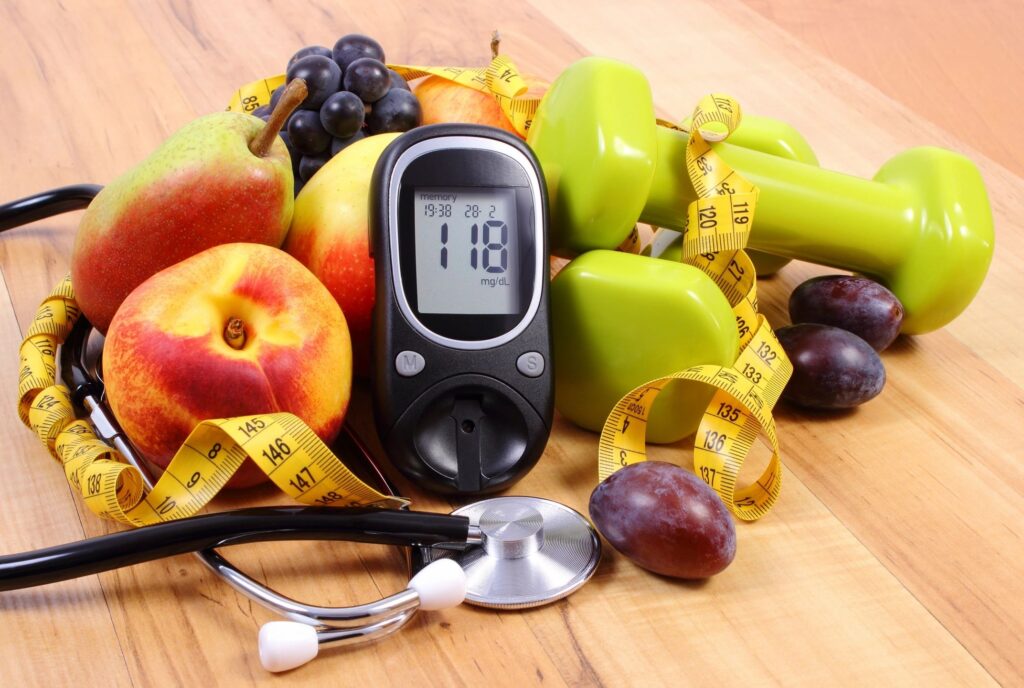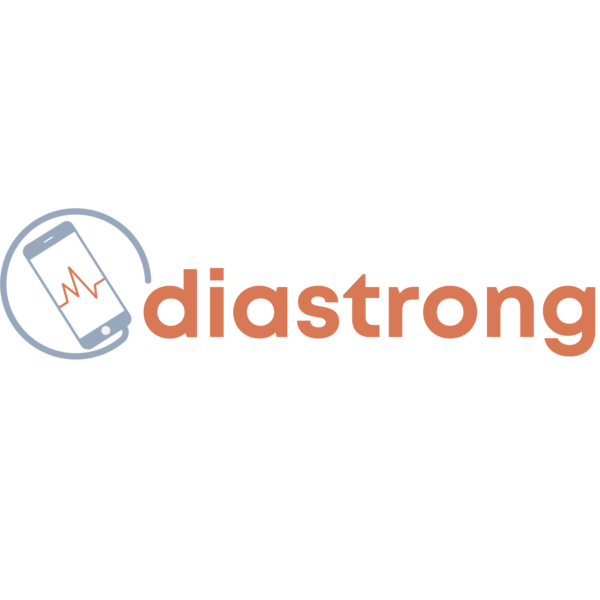What is insulin resistance?
Insulin resistance is when your body’s insulin tolerance levels increase, and insulin is less effective. Frequent episodes of hyperglycemia can be a sign of insulin resistance. The resistance causes the insulin hormone to be less effective, causing an individual to have an increased need for insulin. While the causes of insulin resistance can vary, the longer the resistance continues, the more serious the complications of hyperglycemia will be. Let’s find out more about Insulin Resistance and Type 1 Diabetes.
Symptoms of insulin resistance:
If you are resistant to insulin, it is vital to know the symptoms to stop it from progressing and causing further damage to your body. It is easy to recognize when you are becoming resistant if they are conscious of their blood glucose. For instance, by continuously monitoring your glucose, you can see if the insulin you are taking is causing your blood sugar to stay in a safe range or if it’s high. If there is a pattern of your glucose staying high even after increasing your basal and bolus rates, you may be insulin resistant. In addition to this, an A1C or blood test can further prove whether you are suffering from insulin resistance. While there are a myriad of symptoms of resistance, they often blend in with the same symptoms of hyperglycemia.
Causes of insulin resistance:
Insulin resistance can be characterized mainly by hyperglycemia, but while suffering from it, it is most important to determine its cause. Only by determining this will you be able to identify what the best treatment will be. Some of the main factors influencing insulin resistance include:
- Gender
- Sedentary lifestyle or weight
- Food choices and diet
- Medications
- Other pre-existing conditions
Females are prone to insulin resistance due to monthly menstruation. During this time, hormones such as progesterone, estrogen, luteinizing hormone, and follicle-stimulating hormone fluctuate. As the progesterone and estrogen levels increase, cortisol, a stress hormone, is released, causing insulin resistance and hyperglycemia. While these hormones cause insulin resistance, the typical menstrual cycle symptoms, such as hunger and cravings, are still present. These elements are a dangerous combination if not appropriately controlled. Additionally, certain medications, such as birth control and steroids, can increase insulin resistance. If you are starting a new medication, it is recommended to talk to your provider about any side effects that may affect your blood sugar.

How does insulin resistance affect your diabetes?
Diabetes has an effect on organs throughout the entire body. The longer someone is insulin resistant, the risk of organ failure increases. For instance, complications affecting the organs include:
- Heart disease or heart attacks
- Strokes
- Kidney disease
- Eye problems
In addition to the damage to the organs, if a Type I Diabetic faces weight gain and insulin resistance, they can develop double diabetes. Double diabetes is when a Type I Diabetic is also diagnosed with Type II Diabetes due to weight gain, causing them to be resistant to external insulin. This means that they are being treated for both Type I and Type II Diabetes.
How can you combat insulin resistance?
While insulin resistance can cause dangerous complications, it can be prevented from progressing by using methods to decrease the resistance, such as:
- Becoming active
- Contacting your endocrinologist for medication adjustments
- Low carbohydrate diet
- Relaxing
Activity can be a tricky thing for people with diabetes. If you decide to partake in high-intensity exercises such as cardio or High Intensity Interval Training, your blood sugar may increase instead of dropping. These exercises place an increased demand on the muscles for energy in the form of glucose. In turn, the body releases the hormones adrenaline and cortisol, most commonly known as the stress hormones. These hormones signal the body to release glucose, which increases blood sugar. In diabetics, this causes a buildup of glucose, which can cause hyperglycemia. While high-intensity exercises may not be suitable during this time, low-intensity exercises such as barre, pilates, and walking can stimulate your BG to lower.
Changing your diet to incorporate more low carbohydrates and healthy fats causes you to stay full longer while eating fewer carbohydrates. Doing this can allow your body the necessary fuel, but it will also not cause a buildup of sugar and starches when you are already resistant. While this diet may aid in bringing your blood sugar down, it also has a downside if used for more than a short time. If continued, it could lead to high blood sugar and insulin resistance. Before changing your diet completely, it is essential to contact your nutritionist or endocrinologist to find the best option for your diabetes.
Most individuals are unaware that sometimes the most basic solution may fix the issue you are suffering with. For instance, when someone becomes insulin resistant, that situation can bring stress along with it. As previously mentioned, the stress hormone cortisol increases your blood sugar. Something as simple as finding a place or activity to partake in that makes you feel calm can aid in bringing your sugar down.
How does insulin resistance affect mental health?
Dealing with diabetes, in general, is a condition that can be physically and mentally draining. If you add insulin resistance to that, it can be harmful to your mental health along with all the other challenges it brings. While it is important to stay on top of your diabetes to prevent any further complications, it is essential to remember that pushing yourself too much can be just as harmful. Remind yourself that you are not alone, and there are millions of other individuals suffering from the same condition. Reach out to resources, like your endocrinologist or a therapist, and most of all, take support from your friends and family.
*limited time only
Sources
Gunjan Shroff
Gunjan was diagnosed with Type I Diabetes at nine years old. Before attending nursing school, she was the VP of the College Diabetes Network at East Carolina University. When Gunjan is not studying or posting on her diabetes blog, she spends time playing with her dogs, working at a barre studio, and traveling. Check out her Instagram @lifeoft1studenttravelr




